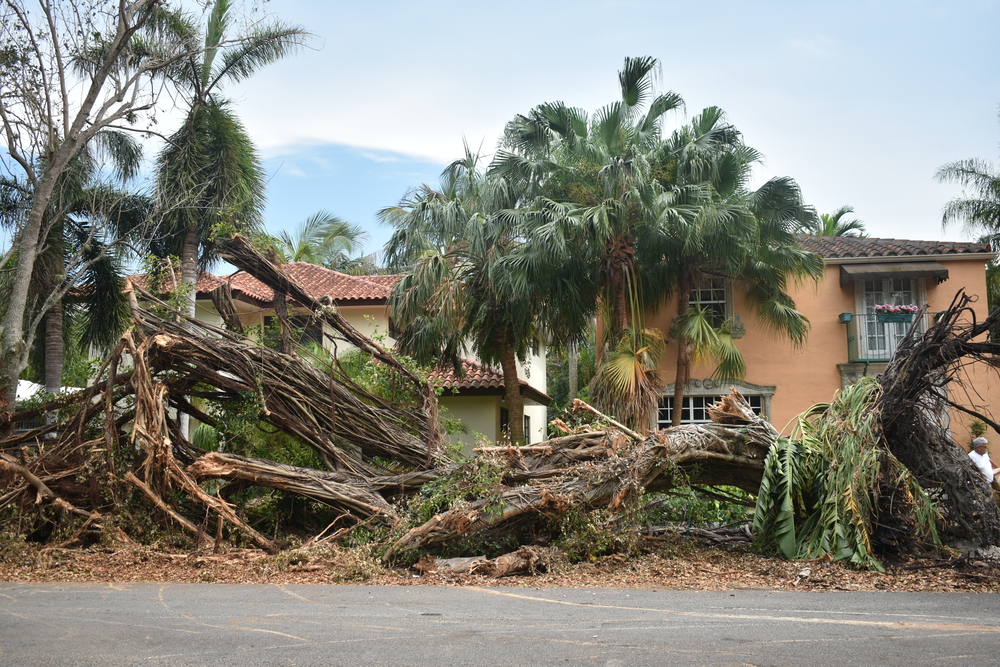By, J. Andrew Yoho, Esq.
In a widely anticipated opinion in the construction defect and insurance coverage world, the South Carolina Supreme Court recently reaffirmed its longstanding law on litigating coverage issues separately from liability and rebuffed the efforts of insurance carriers to invade the province of liability actions pending against their insureds.
For several decades, it has been a bedrock of South Carolina law that liability actions, particularly in the construction defect context, are tried separately from any coverage dispute that arises therefrom. In the landmark case of Sims v. Nationwide Mut. Ins. Co., 247 S.C. 82, 85 145 S.E.2d 523, 524 (1965), the Supreme Court established a dichotomy between actions to determine liability and those regarding the duty to indemnify finding it troublesome for an insured to fight a two-front battle of defending liability and seeking to establish coverage in the same action. The Sims Court also recognized the clear conflict when an insurer provides a defense, but simultaneously seeks to litigate coverage to alleviate its obligations under the duty to indemnify. Id.
Despite this clear and reasoned principle of law, in recent years insurers have sought to employ the very practice Sims cautioned against. Under tortured readings of dicta from two South Carolina Supreme Court opinions, insurers reasoned that absent some form of intervention in a defect action, their ability to allocate between covered and uncovered damages in a subsequent declaratory judgment action would be foreclosed. What followed was a nightmare of insurer motions to intervene, appeals, and strange bedfellows of plaintiff and defense counsel decrying the impacts of such intervention.
In Ex parte Builders Mut. Ins. Co., 431 S.C. 93, 847 S.E.2d 87 (2020) (the
“Palmetto Pointe Case”), the Supreme Court stepped into the fray and once more reaffirmed the firewall between liability and coverage actions in South Carolina. The Palmetto Pointe Case presented the Court what had become an all-too typical situation in South Carolina, after years of litigation and countless depositions, on the eve of trial, a bevy of insurers moved to intervene “for the limited purpose of participating in the preparation of a special verdict form or a general verdict form accompanied by answers to interrogatories for [ ] submission to the jury during trial.” Id. at 98, 847 S.E.2d 89. The Court determined this practice was nothing more than effort to force Plaintiffs to itemize the damage against each insured in order to determine what damages were covered. Id. at 98, 847 S.E.2d 90.
In affirming the trial court’s denial of the motions to intervene in Palmetto Pointe, the Supreme Court explained that the insurer’s efforts to intervene were wanting as the insurers did not have a “direct interest in the construction defect ligation” and could not intervene without delay or prejudice to the original parties. Id. at 98-100, 847 S.E.2d 90-91. The Court then outlined why insurer-intervention is illogical and unwarranted.
Permitting the insurers to intervene and introduce special verdict forms would in essence shift the burden of proof of disputing coverage between the insured and the insurer onto the Plaintiff who would be tasked with the heightened burden of itemizing its damages into insurer-defined categories. Id. at 102, 847 S.E.2d at 91. Further, the Court determined that even if intervention is permitted, the court would maintain its discretion over introducing the insurer requested verdict forms, which would undoubtedly lead to pre-trial appeals over verdict forms and grind the case to a halt. Id. at 102-103, 847 S.E.2d at 92. The Court found such a framework unnecessary and prejudicial to Plaintiffs and their ability to present their case without the interjection of extraneous coverage issues.
Ultimately, the Supreme Court disposed on the Insurer’s efforts and corrected their misapplication of recent case law and held that no South Carolina case law mandated intervention nor forecloses a declaratory judgment action to resolve a coverage dispute. Id. at 106, 847 S.E.2d at 94. The Court reaffirmed Sims and held once and for all that an insurer has the “right and ability to contest coverage of the jury verdict in a subsequent declaratory judgment action.” Id. at 110-11, 847 S.E.2d at 96. Once more, the firewall that protected Plaintiffs and Insureds from extraneous and prejudicial coverage questions in a liability action was reinforced and insurers were again limited to the declaratory judgment realm to contest coverage.
In so ruling, the Supreme Court also set forth a framework for how, in light of its ruling, declaratory judgment actions to contest coverage should proceed. A detailed analysis of that framework will be the subject of future blog posts. In the meantime, if you have any questions on how to navigate the Palmetto Pointe Opinion and its impact on construction defect matters in South Carolina please do not hesitate to contact our firm.








